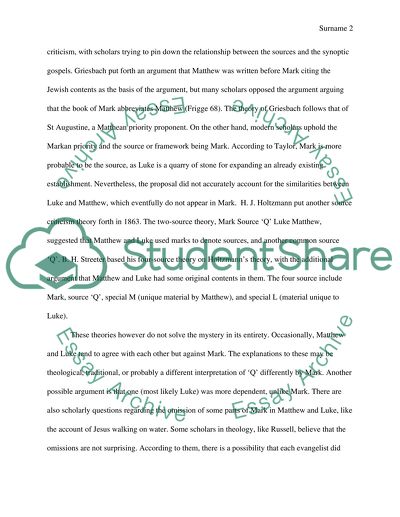Cite this document
(“Biblical Criticism Essay Example | Topics and Well Written Essays - 1250 words”, n.d.)
Retrieved from https://studentshare.org/religion-and-theology/1441901-biblical-criticism
Retrieved from https://studentshare.org/religion-and-theology/1441901-biblical-criticism
(Biblical Criticism Essay Example | Topics and Well Written Essays - 1250 Words)
https://studentshare.org/religion-and-theology/1441901-biblical-criticism.
https://studentshare.org/religion-and-theology/1441901-biblical-criticism.
“Biblical Criticism Essay Example | Topics and Well Written Essays - 1250 Words”, n.d. https://studentshare.org/religion-and-theology/1441901-biblical-criticism.


